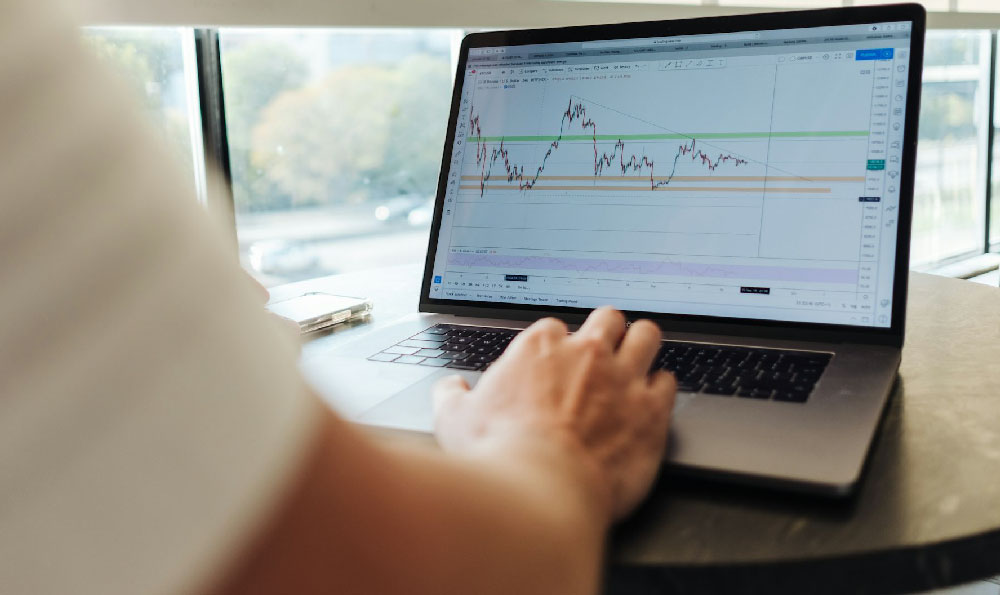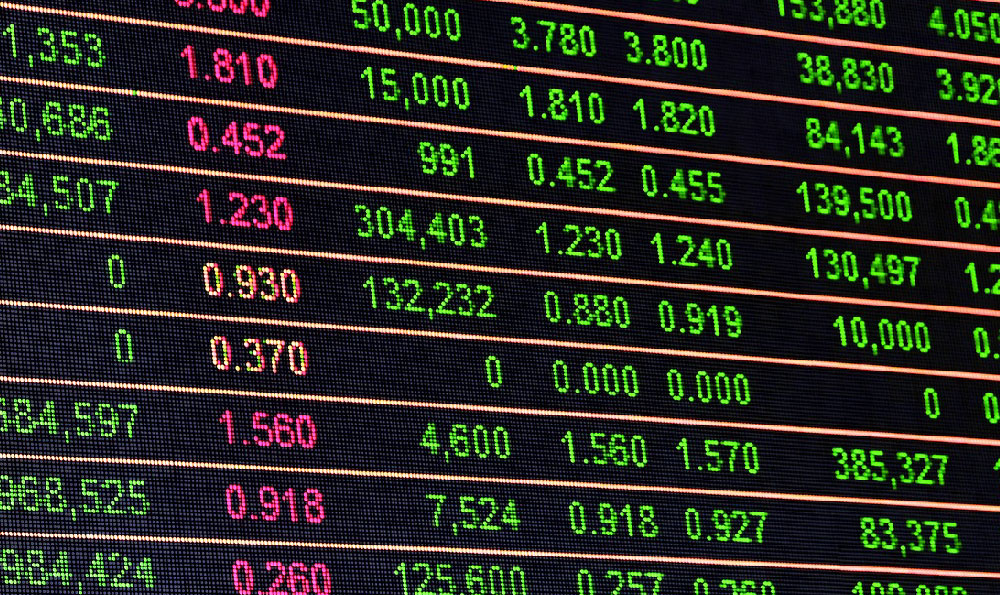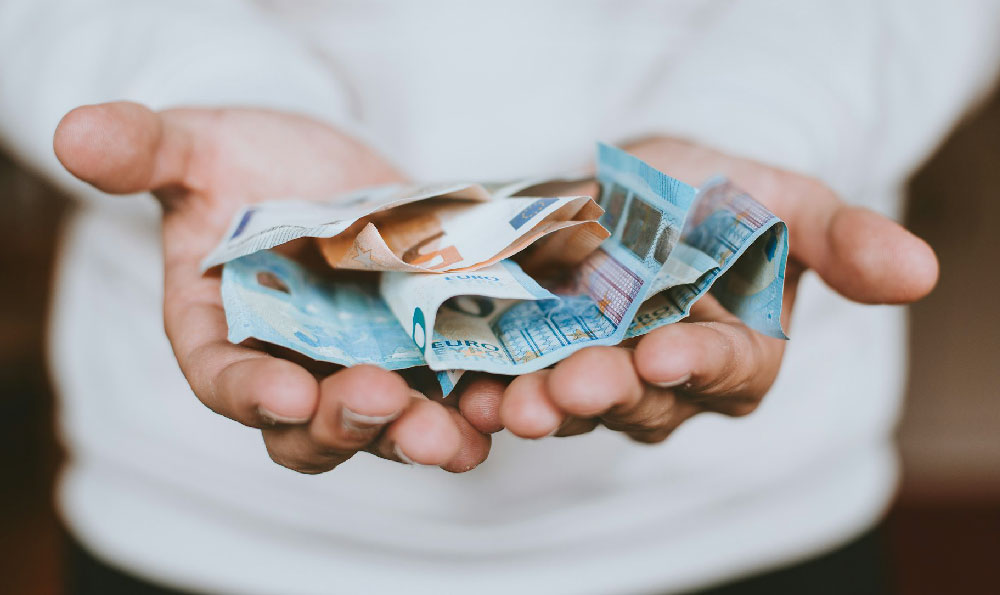
Investing in rubles, especially as a Western investor, is a complex decision laden with geopolitical risk, currency volatility, and regulatory hurdles. It’s a topic that demands careful consideration and a realistic understanding of the current global landscape. Before even considering investment strategies, let's delve into the core factors that impact the ruble's value and suitability for portfolio inclusion.
The Russian ruble's fate is intrinsically linked to the price of oil and natural gas. Russia's economy is heavily reliant on hydrocarbon exports, making the ruble susceptible to fluctuations in global energy markets. A decline in oil prices, driven by oversupply or decreased demand, invariably puts downward pressure on the ruble. Conversely, a surge in energy prices tends to strengthen the currency. Therefore, any investment thesis involving the ruble must incorporate a robust analysis of the energy sector's outlook. This includes assessing global economic growth forecasts, supply-side dynamics within OPEC+, and the potential impact of alternative energy sources.
Geopolitical risk is perhaps the most significant deterrent for Western investors. Sanctions imposed by the US, EU, and other nations following the invasion of Ukraine have severely restricted foreign access to Russian markets and assets. These sanctions can directly impact the ruble's value, making it prone to unpredictable swings. Furthermore, the possibility of escalating geopolitical tensions, additional sanctions, or retaliatory measures by Russia adds a layer of uncertainty that is difficult to quantify. Investors must carefully weigh their risk tolerance and consider the potential for further disruptions stemming from geopolitical events. A thorough understanding of international relations, sanctions regimes, and the political climate within Russia is crucial.

Beyond energy and geopolitics, monetary policy plays a crucial role in shaping the ruble's trajectory. The Central Bank of Russia (CBR) manages inflation, interest rates, and exchange rate policies, all of which influence the ruble's value. For example, aggressive interest rate hikes aimed at curbing inflation can temporarily support the ruble but may also dampen economic growth. Conversely, easing monetary policy to stimulate the economy could weaken the ruble. Analyzing the CBR's statements, inflation data, and economic forecasts is essential for understanding the direction of monetary policy and its potential impact on the currency.
Given the current context, direct investment in Russian assets, particularly for Western investors, is fraught with challenges. Access to Russian markets has been significantly restricted, and many brokerage firms have suspended trading in Russian securities. Even if access were readily available, the risk of asset freezes or expropriation remains a significant concern. Sanctions can also complicate repatriation of profits or capital, effectively trapping investments within Russia.
Indirect exposure to the ruble is possible through various means, but each comes with its own set of considerations. One option is to invest in exchange-traded funds (ETFs) that track the Russian market. However, many of these ETFs have been suspended or have experienced significant disruptions due to sanctions and market closures. It's crucial to thoroughly research the ETF's holdings, its exposure to Russian assets, and its ability to operate effectively under the current circumstances.
Another approach is to invest in companies that have significant revenue streams or operations in Russia. These companies may be listed on international exchanges and offer a degree of indirect exposure to the ruble's performance. However, it's important to assess the company's risk management practices, its ability to navigate the complexities of the Russian market, and the potential impact of sanctions on its business.
Currency trading, specifically buying and selling the ruble against other currencies, is another avenue. However, the ruble's volatility makes it a high-risk proposition, even for experienced currency traders. Sudden shifts in geopolitical sentiment or unexpected policy changes by the CBR can trigger sharp movements in the ruble's value, potentially leading to substantial losses. Moreover, liquidity in the ruble market may be limited, making it difficult to execute large trades at favorable prices.
For individuals seeking to diversify their portfolios and potentially capitalize on the ruble's long-term recovery, a cautious and diversified approach is paramount. Instead of allocating a significant portion of their capital to ruble-related investments, they might consider a small, speculative position within a broader emerging market portfolio. This allows for exposure to the ruble's potential upside while mitigating the overall risk.
Before making any investment decisions, it's essential to consult with a qualified financial advisor who can assess your risk tolerance, investment objectives, and financial situation. A financial advisor can provide personalized guidance based on your specific circumstances and help you navigate the complexities of the Russian market. It is also prudent to consult with legal and tax professionals to understand the implications of investing in Russian assets, particularly in light of sanctions and regulatory restrictions. They can provide guidance on compliance matters, tax reporting obligations, and potential legal risks.
Ultimately, investing in the ruble is not a decision to be taken lightly. The risks are substantial, and the potential rewards are highly uncertain. A thorough understanding of the geopolitical landscape, economic fundamentals, and regulatory environment is crucial. If, after careful consideration, you decide to proceed, a cautious, diversified, and well-informed approach is essential to protecting your capital and maximizing your chances of success. Remember, thorough due diligence and professional guidance are indispensable when navigating the complexities of investing in volatile and politically sensitive markets.





